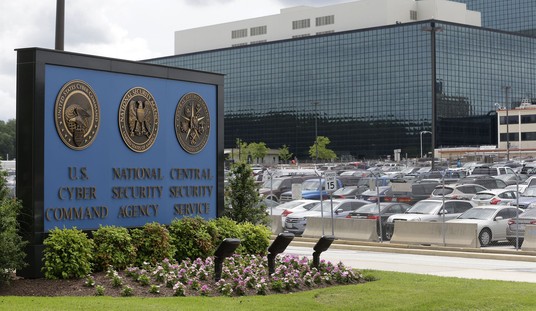Advertisement
The president's recently departed regulatory czar, Cass Sunstein, insisted the government was taking steps to implement the Executive Order by taking action against harmful over-regulation. In an op-ed in the Wall Street Journal he claimed, "We are taking immediate steps to save individuals, businesses, and state and local governments hundreds of millions of dollars every year in regulatory burdens."
Unfortunately, the administration's actual record doesn't match the lofty rhetoric. Instead, agencies push unnecessary rules and pressure industry in ways that are destructive to innovation and job creation, are wasteful, and are demonstrably not guided by the best available science.
Some of the worst abuses are in matters that tend to fly under the radar. Consider the current disagreement between the Environmental Protection Agency (EPA) and a group of chemical manufacturers, as reported by the trade publication Inside EPA. Earlier this year the silicones industry voluntarily agreed to provide, at its own expense, the EPA with a wealth of new information about its materials, including environmental monitoring data from wastewater facilities. However, now – seemingly out of nowhere – the EPA is demanding that industry greatly increase its proposed monitoring for traces of the substances D4 and D5, key building blocks for a wide variety of consumer and industrial products. These materials, which do not face a single regulatory restriction in the world, have long been used in items we depend on every day, from personal care products to cleaning products, in adhesives, in lubricants, and in a range of industrial purposes.
Recommended
Advertisement
The EPA's antagonism towards industry flies in the face of recent findings by Environment Canada, our pristine neighbor to the north's version of the EPA. After a thorough review by independent scientists, Environment Canada concluded that one of the silicone materials at issue, D5, does not pose a threat the environment now or in the future. The decision was reached by scientists that relied, in part, on real-world data collected by the Canadian government.
Canada’s clear, science-based statement on D5 was apparently not enough for the EPA. The agency is now insisting that industry pay for monitoring of 42 wastewater treatment sites to find traces of the chemical that remain in the water. Industry has offered to monitor five key locations near manufacturing facilities that would provide the information necessary to understand exposure levels at plants throughout the country, when considered together with the totality of findings from both Environment Canada and extensive monitoring overseen by the state of Oregon.
Yet despite the best available science, the EPA unnecessarily insists on the more wide-spread monitoring regime at a nearly ten-fold cost to industry, a move that could stunt job growth and innovation at facilities around the country. The money wasted on extra monitoring is money that would be spent better on, as the president put it, “innovation, competitiveness, and job creation.”
Advertisement
Why does the EPA insist on its approach? The answer isn't clear. According to Inside EPA, “Agency officials 'appear to want information across the entire spectrum of [a treatment system] variable, but it's not clear where that would be used or the value of it in the risk assessment,' the [industry] source adds.” The industry official told the publication that “It sort of came down to EPA saying we are going to ask for this because we want it.”
If the EPA doesn't get its way in negotiations, it could require mandatory testing on its own terms. In his piece in the Wall Street Journal, regulatory czar Sunstein wrote that “[o]ur goal is to change the regulatory culture of Washington by constantly asking what's working and what isn't. To achieve that goal, we need to obtain real-world evidence and data.”Add the EPA's bungling of its approach to silicone monitoring to the growing list of how the administration isn't living up to Sunstein's publicly-stated goal. Perhaps the administration's regard for rhetoric over regulatory overhauls explains Sunstein's sudden departure from one of the most powerful positions in government.
























Join the conversation as a VIP Member